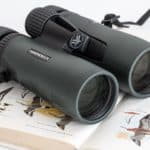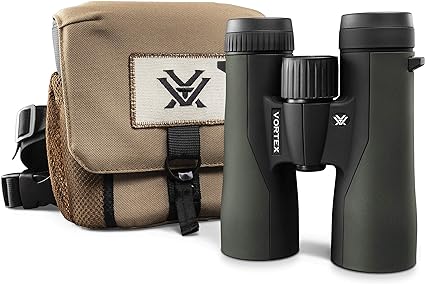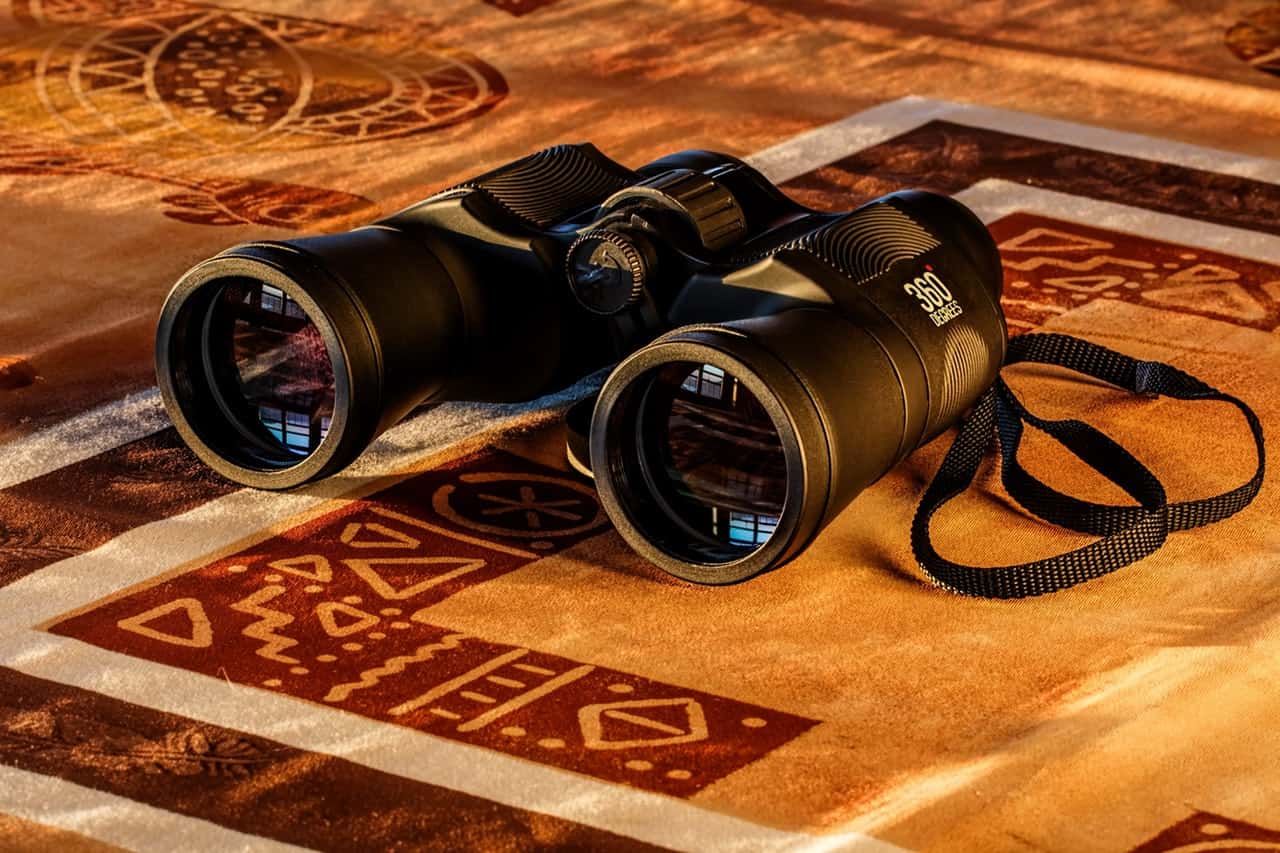Introduction: Spotting Scope vs Binoculars
When it comes to outdoor observation, spotting scopes and binoculars are both popular options. Both provide magnification and allow you to see things at a distance, but they have some key differences that make them better suited to different uses. In this blog post, we’ll take a closer look at the pros and cons of spotting scopes and binoculars, so you can decide which is better for your needs.
Both binoculars and spotting scopes are designed to be used outdoors, so they both have similar features and weather resistance. They are also designed to make distant objects easier to see. Although they are both designed to work outdoors, the differences we outlined above do mean they fill slightly different niches.
Spotting Scopes
Spotting scopes are long, tube-like telescopes that are mounted on a tripod. They provide higher magnification than binoculars and are great for observing distant objects such as wildlife, landscapes, and celestial bodies. They also typically have a larger objective lens, which means that they can gather more light and produce a brighter and clearer image.
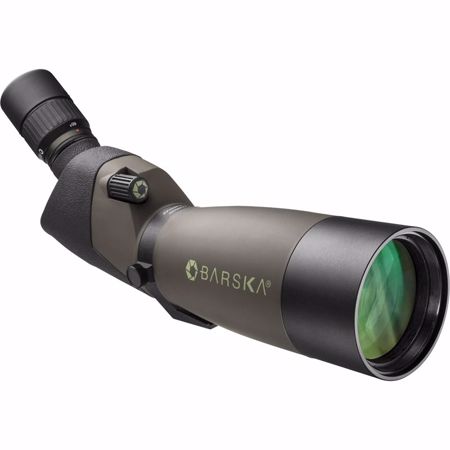
In addition to hunting and target shooting, they are used for tactical ranging and surveillance, as well as for any other application requiring a higher magnification than standard binoculars (typically 20 to 60 times). The astronomy results show that spotting scopes are better for stargazing than binoculars.
Read Also: 5 Best Bushnell Spotting Scopes
One of the main advantages of spotting scopes is that they are much more stable when mounted on a tripod. This makes it easier to keep the scope steady and get a clear view of your subject, even at high magnifications. They also often come with a larger range of magnification and can be used for more distant subjects.
Once you get set up, spotting scopes are great for people who aren’t intending to move around much. For example, a birdwatcher may use a spotting scope to watch a nest. Once set up, you are done. Not the same with binos!
In the debate between binoculars and spotting scopes, spotting scopes are a great option if you’re looking for a portable optical device with exceptional magnification power.
However, spotting scopes can be quite large and heavy, which can make them less convenient to carry around. They also typically have a narrower field of view, which means that you’ll see less of the surrounding area.
Binoculars
Binoculars are handheld telescopes that consist of two smaller telescopes mounted side-by-side. They are smaller and more portable than spotting scopes, making them a great option for hiking, birdwatching, and other outdoor activities. They also have a wider field of view, which allows you to see more of the surrounding area.
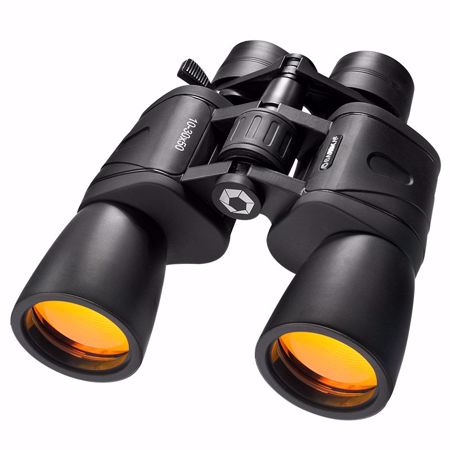
One of the main advantages of binoculars is their portability. They are easy to carry around and can be quickly pulled out of your pack when you spot something interesting. They also typically have a wider field of view, which allows you to see more of the surrounding area. They are also better for close-up observation and can be used for a wider range of activities. In addition, the spotting scope is very much reliant on a tripod or platform due to its lower weight.
Also, binoculars are made to be used with both eyes – so feel a lot more natural. They also reduce eye strain by being used across both eyes. Additionally, their wider field of view makes them more suitable for tracking moving objects (such as when watching sports) and thus making you less nauseous.
Also Read: Spotting Scopes vs Binoculars for wildlife viewing
However, binoculars typically have lower magnification than spotting scopes and their image can be less stable when handheld, which can make it harder to get a clear view of your subject.
The other big advantage binoculars have is the price – While the price of binoculars vary, you can get a decent pair for less than $200 – but for a reasonable spotting scope, you could end up paying more than $500. Not always, but binoculars tend to be cheaper.
Side by Side comparison
| FEATURES | BINOCULARS | SPOTTING SCOPES |
| Stability | Generally hand-held | Mounted on tripods for stability |
| Magnification | Less magnification ranging from 1x to 10x | High magnification ranging up to 100x |
| Field of View | Larger field of view from left to right – great for tracking | Smaller field of view but excellent focus |
| Portability | Compact and lightweight | Heavier and require support |
| Low-Light Capabilities | Better contrast and colors | The ability to gather light reduces in darkness |
| Lenses | Multiple lenses and prisms | They are large binoculars with excellent magnification |
| Price | < $200 | >$500 |
| Uses | Short field hunting, surveillance, tracking, etc. | Hunting, astronomy, target shooting, etc. |
Conclusion: Are Spotting Scopes better?
In conclusion, both spotting scopes and binoculars have their own advantages and disadvantages. Although binoculars and spotting scopes both magnify distant objects, the truth is that they are very different.
Spotting scopes are better for observing distant objects with greater magnification, but are less portable and have a narrower field of view. Binoculars are more portable, have a wider field of view, and are better for close-up observation, but typically have lower magnification.
Ultimately, it comes down to what you will be using it for and what your preferences are. If you are planning to observe and take detailed pictures of distant subjects then a spotting scope might be the best option, but if you are planning to be more mobile and need a device that can be used for a wide range of activities, then binoculars might be a better choice.

UK Born and Bred Optics enthusiast. Love travelling, sports and supporting Bolton Wanderers! Love Vortex & Nikon products.


